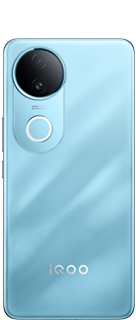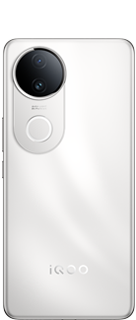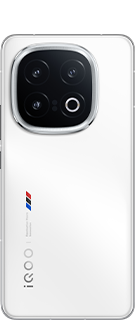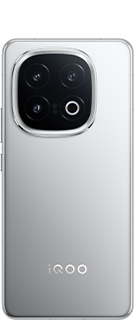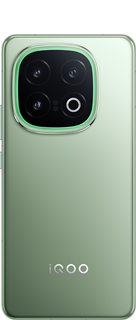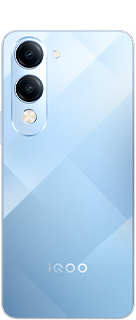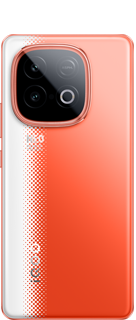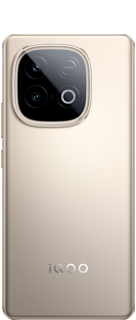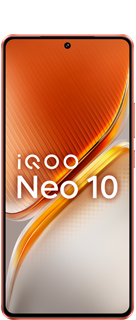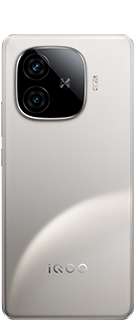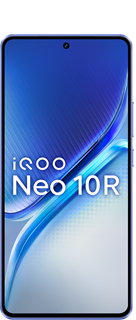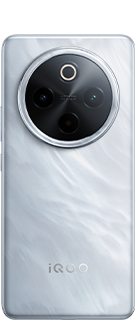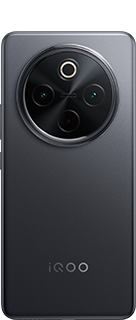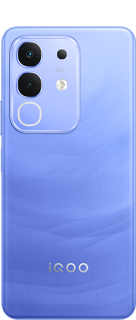Extended Reality (XR) technology

Extended Reality (XR) is an umbrella term that encompasses several immersive technologies, including Virtual Reality (VR), Augmented Reality (AR), and Mixed Reality (MR). These technologies blur the lines between the physical and digital worlds, enabling users to interact with digital environments in real-time. Here's a breakdown of each of these components, their applications, and future trends:
1. Virtual Reality (VR)
Definition: VR immerses users in a completely digital environment that simulates real-world or fantastical experiences. Users typically wear a VR headset (like Oculus Rift or HTC Vive) that blocks out the real world and allows interaction with a fully virtual space.
Key Features:
- Full immersion in a virtual world.
- Real-time interaction with the environment.
- Use of hand controllers, gloves, or even body tracking for interaction.
Current and Future Applications:
Gaming: VR continues to be popular for immersive gaming experiences, with more realistic simulations, multiplayer capabilities, and physical interactivity.
-Training and Simulations: VR is used in fields like aviation, military, and healthcare to simulate real-life scenarios for training purposes, such as flight simulations or surgical practice.
Education: VR can transport students to historical landmarks or distant locations, providing immersive learning environments.
- Virtual Meetings: As remote work grows, virtual meeting spaces, where users interact as avatars, are becoming more common.
2. Augmented Reality (AR)
- Definition: AR overlays digital information, objects, or enhancements onto the real world, allowing users to interact with both physical and digital elements simultaneously. AR is experienced via devices such as smartphones, tablets, or AR glasses (like Microsoft HoloLens or Google Glass).
- Key Features:
- Digital objects overlaid onto real-world environments.
- Does not fully immerse the user; they remain aware of their physical surroundings.
- Interactivity through touch or gesture-based controls.
- Current and Future Applications:
- Gaming and Entertainment: Popularized by apps like Pokémon Go, AR is now used to create interactive experiences in various games and entertainment platforms.
- Retail and E-commerce: AR allows customers to try on clothes virtually, preview furniture in their home, or even test makeup using their phone camera.
- Navigation and Travel: AR-based applications provide real-time navigation, overlaying directions or points of interest onto the physical world through smartphones or AR glasses.
- Manufacturing and Maintenance: AR can guide technicians with overlaid instructions, diagrams, or real-time video feeds for repairing complex machinery.
- Healthcare: AR is used for medical training, visualization during surgery, and patient care, where doctors can view 3D scans overlaid on a patient’s body in real-time.
3. Mixed Reality (MR)
- Definition: MR merges both VR and AR, allowing real and virtual objects to interact with one another in real-time. It blends the physical world with digital content, where both are fully aware of each other. Unlike AR, where virtual objects don’t interact with the environment, MR enables interaction between physical and virtual elements.
- Key Features:
- Advanced real-time mapping of the physical environment.
- Digital objects not only appear in the real world but interact with physical objects.
- Requires advanced hardware, like the Microsoft HoloLens, that can map environments and track objects with high precision.
- Current and Future Applications:
- Collaborative Workspaces: MR enables remote collaboration where users can interact with both physical and digital tools simultaneously, useful in engineering, design, and product development.
- Training and Remote Assistance: MR is ideal for hands-on training, where virtual tools can be manipulated in the physical environment. It's also used for remote expert assistance in technical repairs or medical procedures.
- Architecture and Construction: MR allows architects and builders to overlay digital blueprints onto physical spaces, helping visualize and adjust designs in real-time.
- Medical Visualization: Surgeons can use MR to visualize a patient’s anatomy during procedures, enhancing precision and planning.
4. Key Technologies Powering XR
- Hardware:
- Headsets: Devices like Oculus Quest (VR), Microsoft HoloLens (MR), and Magic Leap are integral to XR experiences, offering higher resolutions, wider fields of view, and improved comfort.
- Wearables: Smart glasses and other wearables, like haptic gloves or suits, enhance immersion by allowing users to feel and manipulate digital objects.
- Mobile Devices: Many AR experiences are accessible through smartphones and tablets with ARKit (iOS) and ARCore (Android) software frameworks.
- Software:
- Game Engines: Platforms like Unity and Unreal Engine are key for developing immersive XR environments, enabling real-time rendering and physics simulations.
- **Cloud Computing and AI: AI is crucial for enabling smart interactions in XR, while cloud computing powers scalable experiences like shared virtual environments.
- 5G Connectivity: Low-latency, high-speed 5G networks will enable seamless XR experiences with faster data transfer, especially in applications like AR navigation or multi-user VR spaces.
5. Challenges in XR Adoption
- Hardware Limitations: Despite advances, XR hardware still faces challenges related to comfort (bulky headsets), battery life, and motion sickness for some users.
- Content Creation: Developing rich, interactive content for XR requires significant investment in talent and resources, especially for realistic simulations.
- Privacy and Security: XR systems often rely on cameras, sensors, and location data, raising concerns about privacy, especially in shared spaces.
- Accessibility: Making XR affordable and widely accessible is still a challenge, as high-quality hardware remains expensive, and the technology requires considerable computational power.
6. Future Trends in XR
- Lighter, More Powerful Wearables: In the near future, XR headsets are expected to become smaller, lighter, and more comfortable for extended use. Wearable AR glasses that resemble regular eyewear may enter the consumer market by 2025.
- Integration with AI: AI will enhance user interactions in XR, enabling environments that adapt to the user’s behavior and preferences. This could mean personalized AR advertising, smarter training simulations, or dynamic virtual worlds.
- Full-body Immersion: Technologies like haptic suits, motion-tracking gloves, and treadmills will further enhance immersion by allowing users to physically interact with virtual objects and feel physical sensations from the digital world.
- Social XR Experiences: XR will enhance social interactions, enabling people to meet in virtual spaces as avatars, share digital content, and even collaborate on projects in virtual offices or classrooms.
- Metaverse Integration: XR will play a crucial role in the development of the metaverse, a persistent, shared virtual world where people can live, work, and socialize. This concept will blur the lines between virtual and physical economies, social interactions, and entertainment.
Conclusion
XR technologies (VR, AR, and MR) will play a critical role in transforming industries, from entertainment to education, healthcare, and beyond. As hardware improves and content creation becomes easier, we can expect more seamless integration of digital and physical experiences, reshaping how we interact with the world around us.
Thank you
Your Qool Quester
Ayush pandey
Please sign in
Login and share
